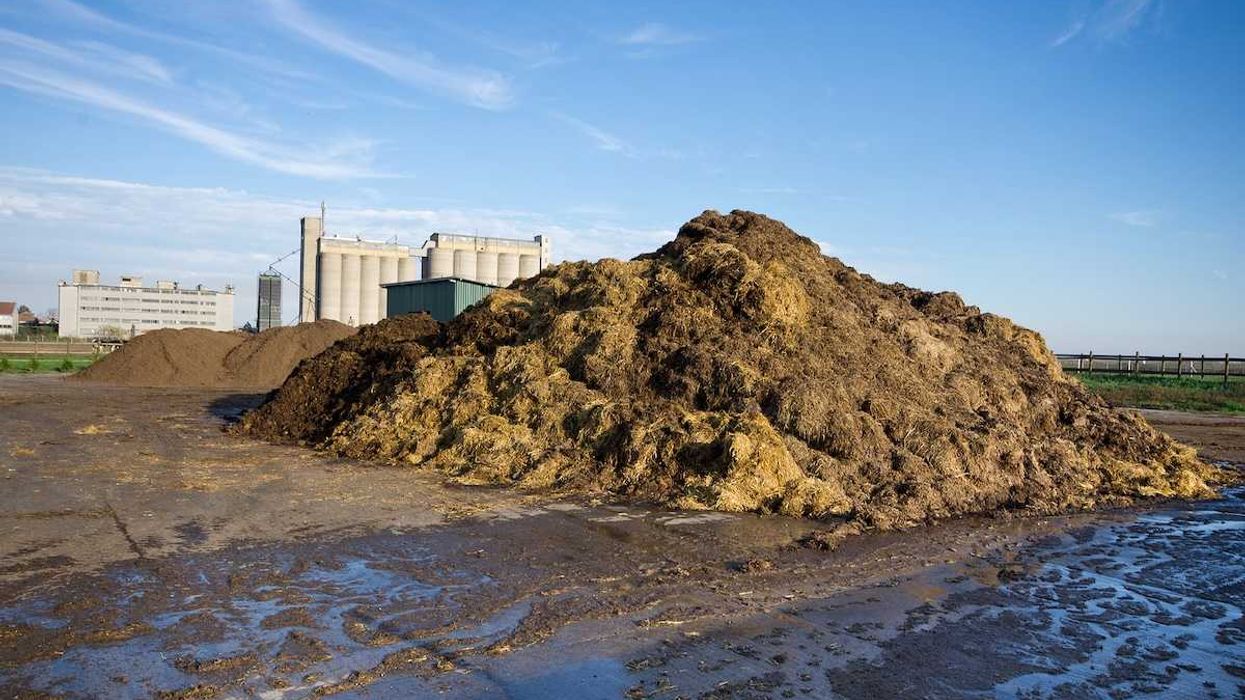The U.S. Environmental Protection Agency is moving to restrict the pesticide chlorpyrifos on food crops, allowing its use on 11 crops while reducing overall application by 70%.
Roni Caryn Rabin reports for The New York Times.
In short:
- Chlorpyrifos, previously banned due to health concerns, will now be limited to crops like apples, oranges and soybeans under an E.P.A. proposal responding to a court ruling.
- The pesticide, linked to learning disorders in children, is favored by farmers for its effectiveness but faces criticism for health risks to workers and consumers.
- Public comments are open for 60 days, though environmental groups argue the limits don’t sufficiently protect vulnerable populations.
Key quote:
“ The core question is, is the E.P.A. going to protect children from learning disabilities and behavioral disorders? They have evidence in front of them that children exposed to chlorpyrifos are having these disorders at very, very small amounts of exposure.”
— Patti Goldman, member of Lawyers for Earthjustice
Why this matters:
Chlorpyrifos exposure has been linked to neurodevelopmental issues in children, including lower IQ and memory impairments. Limiting its use reflects ongoing tension between agricultural interests and public health concerns, highlighting the difficulty of balancing safety and industry reliance on effective chemicals.














